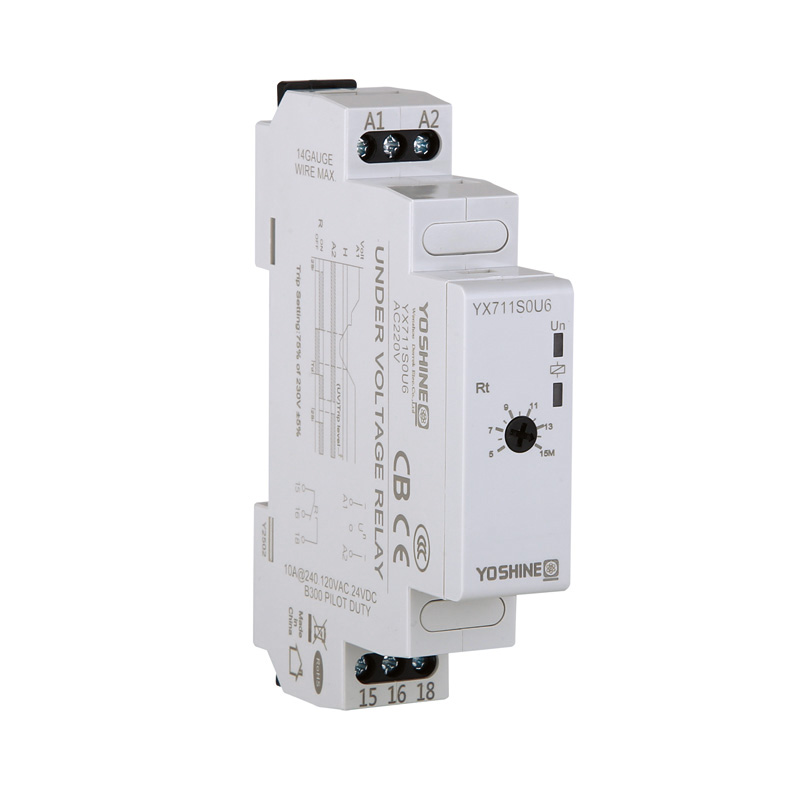In the evolving world of smart technology, energy-efficient and space-saving components are becoming increasingly important. One component steadily gaining attention in advanced electrical systems is the pulse relay. Also called an impulse relay, pulse relays are electromechanical switches that change their state each time they receive an input pulse. Their simplicity, versatility, and energy-conscious operation make them particularly attractive for modern smart circuit designs.
Unlike conventional relays that require continuous power to maintain their state, pulse relays only need a brief electrical pulse to switch. This short pulse is enough to toggle the relay between "on" and "off" after which no further energy is needed to maintain the state.
This operation method is highly efficient because it reduces energy consumption, particularly in systems where standby power is a concern. For engineers focused on designing sustainable electrical systems, this feature is a major advantage, allowing devices to maintain functionality without continuously drawing power.
Another significant advantage of pulse relays is their ability to simplify wiring. Traditional relays or switches often require extensive wiring and multiple control points, which can complicate installation, particularly in large or multi-zone systems.
With a pulse relay, multiple control points can manage a single load with fewer wires. For example, in a smart lighting system, several switches in different locations can turn the same light on or off without complex parallel wiring. This space-saving design is particularly useful in buildings or industrial systems where compact control solutions are needed.
Since pulse relays change state only when a short pulse is applied, their mechanical components experience less wear and tear compared to relays that are constantly energized. This can extend the operational life of the device, which is particularly beneficial in automated or industrial systems where reliability is critical.
For engineers designing systems that need to function continuously with minimal maintenance, pulse relays provide a more durable and dependable solution.
Pulse relays are highly compatible with digital controllers and programmable logic controllers (PLCs). They can easily operate with low-voltage control circuits, making them suitable for integration with microcontrollers and automation systems.
This compatibility enables centralized or programmable control in applications such as smart buildings, automated factories, and industrial process management. In such systems, a pulse relay can be a bridge between traditional electromechanical devices and modern digital control platforms.
From a cost perspective, pulse relays can reduce both energy and material costs. Because they only consume power during switching, overall energy use is lower. Additionally, fewer control components are required, which can translate into savings on installation and maintenance.
In large-scale installations with multiple control points, these savings can be substantial, making pulse relays an economically practical choice for energy-conscious system designs.

Traditional relays that remain continuously energized generate heat over time, which may require additional cooling measures and could pose safety concerns in compact spaces. Pulse relays, however, produce minimal heat since they operate only during brief pulses. This makes them safer for confined installations such as control panels, smart home systems, and industrial cabinets.
Pulse relays are widely used in:
Their versatility allows designers to use a single relay type for multiple functions, reducing design complexity and inventory requirements.
Pulse relays offer a practical and efficient solution for modern smart circuit designs. Their ability to operate on momentary signals, reduce energy usage, simplify wiring, integrate seamlessly with modern control systems, and provide mechanical reliability makes them an attractive choice for engineers and system designers.
For professionals looking to build smart, energy-conscious, and reliable electrical systems, including pulse relays can simplify operations, reduce costs, and improve overall system efficiency. As the demand for smarter and more sustainable infrastructure grows, the pulse relay continues to prove its value as a fundamental component in contemporary electrical design.